Get protection for your Intellectual Property and peace of mind knowing that you can rely on it when it matters.
Protecting your Intellectual Property from infringement or misappropriation by competitors and former employees will empower your business to confidently commercialise its’ IP knowing that deliberate or inadvertent infringement will be actionable.
When Intellectual Property is not adequately protected, deliberate or inadvertent acts that may otherwise infringe on IP rights may not be susceptible to challenge or the uncertainty of a successful challenge may render any action for infringement uncommercial.
If this occurs, and it often does in relation to unregistered trade marks and similar business names, your business may suffer material disruption to its operations and irreparable damage to the value of your Intellectual Property and goodwill.






















